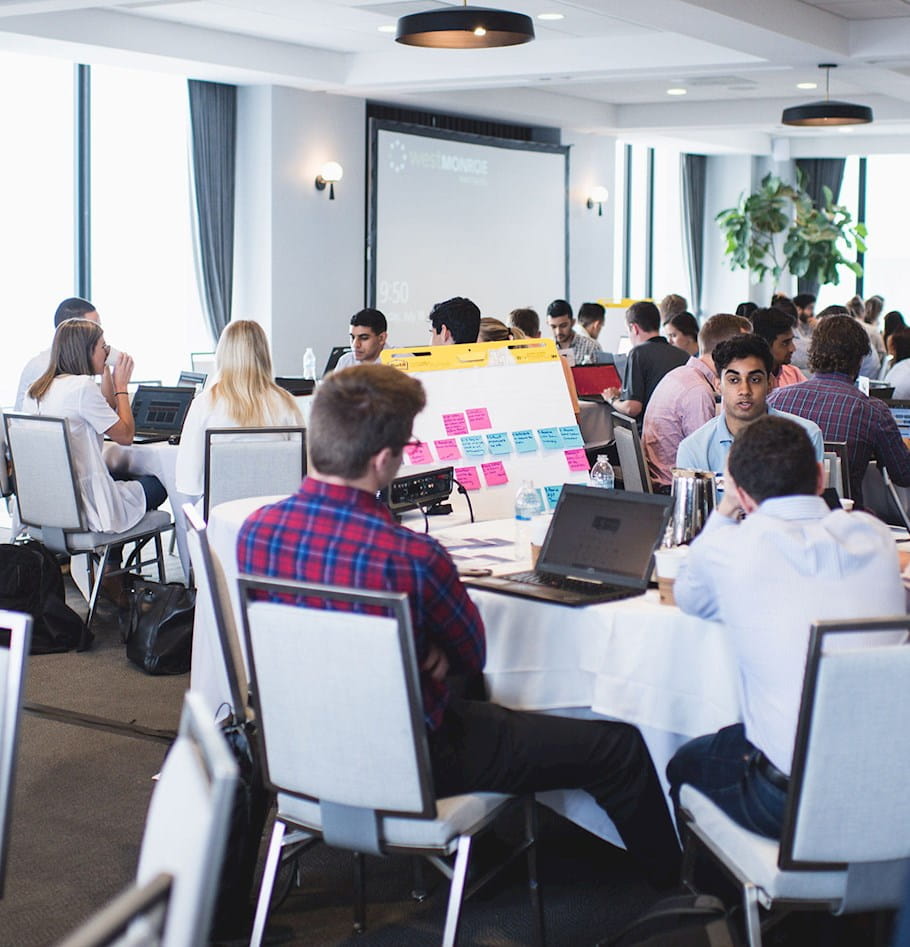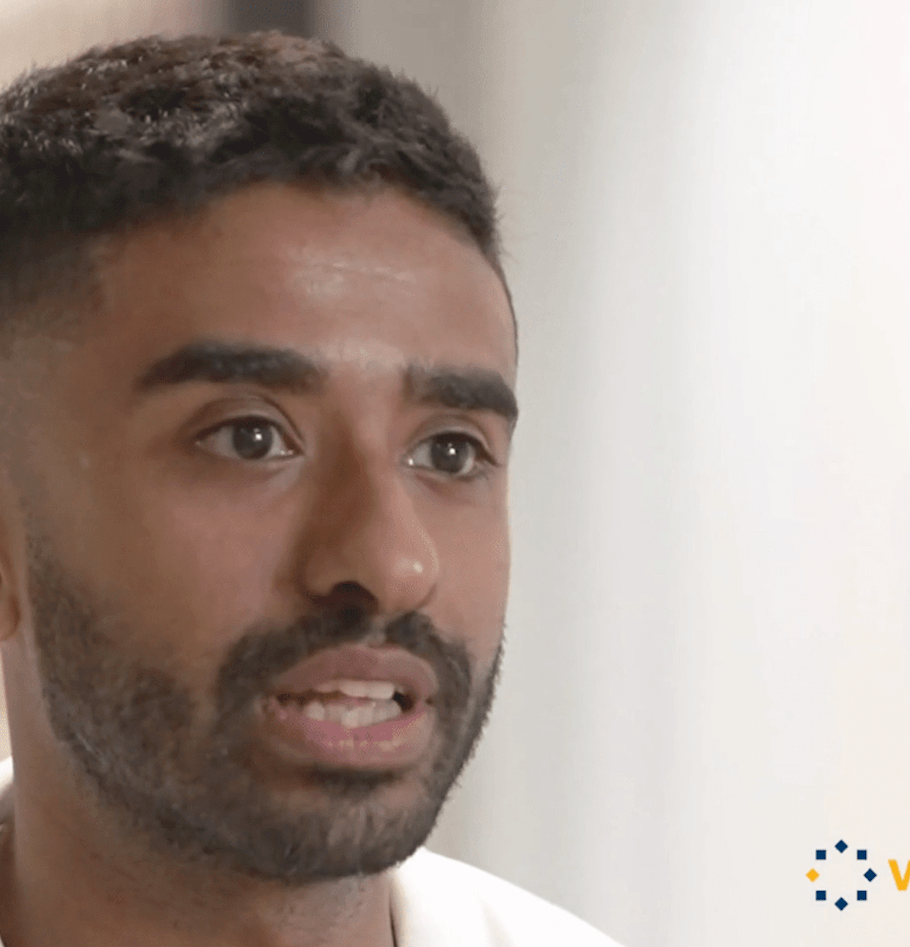How to ace your case study interview
Our tips will help you approach your case interview with confidence
For most prospective West Monroe candidates, the case study interview is perhaps the most daunting part of the application process. Why? Because our case studies don’t simply assess what you know – the technical or industry capabilities that one can study for – they assess how you think.
And that’s on purpose. For one thing, it levels the playing field, allowing candidates with diverse backgrounds and skillsets with the opportunity to succeed. For another, venturing into the unknown – and relying on the ability to “think like a consultant” – mirrors what we at West Monroe often have to do on the job.
In our 45-minute interviews, candidates are given a story-driven case study pulled right out of a real-life West Monroe project; from there, the candidate will act as a consultant on the project. We’re looking for our candidates to demonstrate critical thinking (i.e., the ability to gather and process information), problem solving (i.e., coming up with a solution that has the most impact), and communication skills (i.e., expressing thoughts with enthusiasm and confidence).
Just because we’re more focused on seeing how you think doesn’t mean you can’t prepare. That’s why we’ve outlined three key pieces of guidance for prospective candidates. Follow these, and you’ll be well on your way to acing your case study interview.
1. Don’t jump to the solution
We see it all the time: candidates receive their case study (i.e., their “problem”) and try to jump straight to the solution. It’s a natural instinct, especially in a nerves-inducing situation like a job interview.
But in our experience, the candidates who do that tend miss important steps along the way. They’re so laser-focused on the end result, they don’t have time to think about how to get there: for instance, confirming the priorities of various stakeholders, mitigating disagreements about those priorities, or establishing the processes that will make their solution have a real impact. By solely concentrating on the solution, they can miss the big picture view of where each element fits along the way, and aligns with the organization’s goals.
After all, there’s no one “right” answer with these case studies, or in our work. It’s more often about developing processes, ensuring alignment, creating efficiencies, and providing a roadmap to our clients.
Thus, the best candidates often take a moment to pause, read over the case study, and ask direct, specific questions of the client/interviewer. They then concisely summarize the problem statement before launching into the problem-solving.
2. Communicate your thoughts in an organized fashion—using a framework that allows for flexibility
We suggest candidates come prepared to use a framework that allows for ample room for flexibility and creativity—one that won’t limit a candidate’s ability to think or react dynamically to the more open-ended case studies we employ.
We recommend one that helps evaluate the different components and priorities of a client: people (like human capital management, company culture), process (such as organizational structures, internal policies, lines of communication, etc.), and technology (that is, the digital tools that can help a client meet its goals).
For instance, in mergers it’s crucial to make sure the two companies’ cultures are aligned, that they establish new and efficient processes to make agile decisions, and that they consolidate technology amid the transition. The success of one depends on the success of another, and requires cross-functional coordination between different areas of the business – making sure technologies and the people who use them are not siloed, and can seamlessly talk with one another.
Candidates who understand how these buckets work with one another – and why aligning them is key to a client’s success – can effectively use them to organize their thoughts as they move through the case study. This framework can also help candidates succinctly summarize their thoughts at the end of the exercise –something our strongest candidates do consistently.
3. Make sure you can back up your conclusions
One byproduct of focusing solely on the solution is that interviewees often lack the evidence to support their conclusions. They provide surface-level responses and, when pressed, can’t back them up – or revert to buzzwords or jargon to cover up for not having a solid answer.
In a 45-minute interview, of course, it’s impossible to write down or even visualize all supporting evidence. But those who are engaged in the process of problem solving – who “think like a consultant” – are more capable of thinking on their feet. They’ll have gotten to the solution only by way of mapping out their journey to get there, which they can draw on when asked the tough questions.
It’s the difference, for instance, between saying, “an implication of adopting this digital transformation plan is that we will have to restructure our workforce” and articulating why that must (or should) be the case, how an organization might make those decisions, and what the alternatives or options for doing so may be. Following step one and not jumping to a solution should put you in a good position to discuss these issues as you’ve already assessed the problem from multiple angles.
We know case study interviews can be daunting – especially in a virtual environment, where the ability to whiteboard and connect with your interviewer may be more difficult. Still, it’s a vital part of our hiring process, allowing candidates to showcase the critical thinking, problem-solving, and communication skills they’ll need on the job.
We hope these tips help you feel more confident heading into a case study interview. For more on interviewing at West Monroe, check out our Career Resources.

